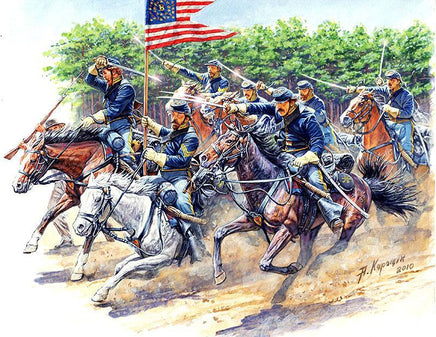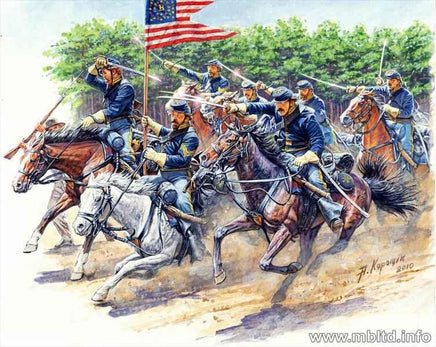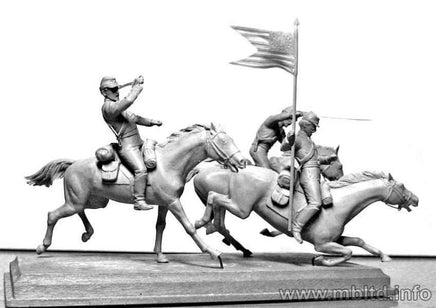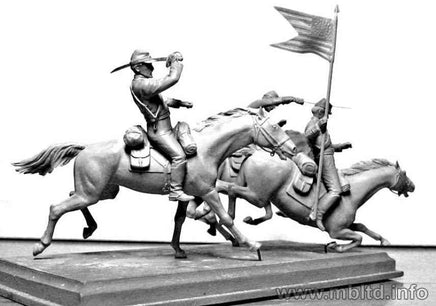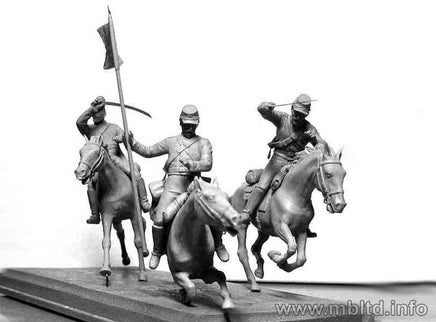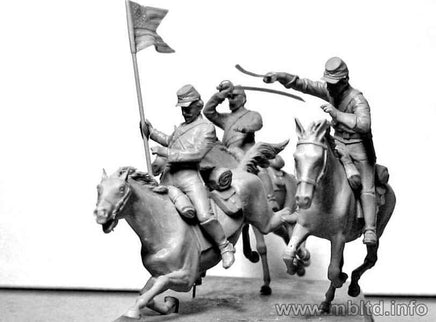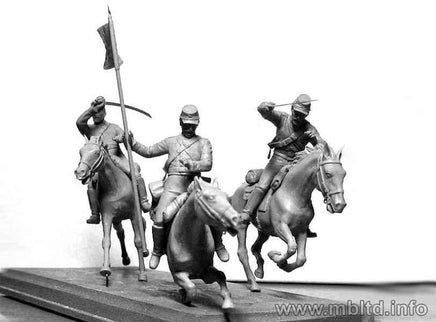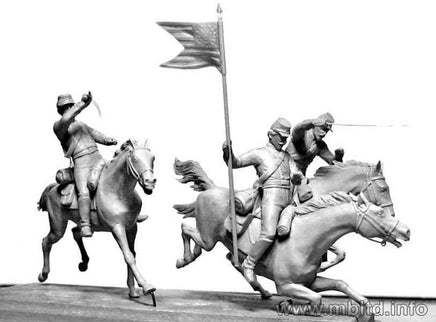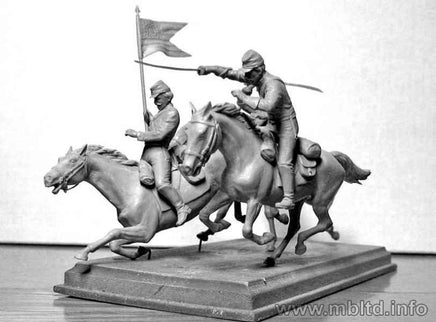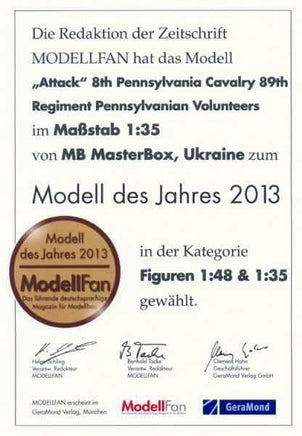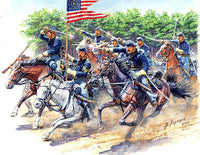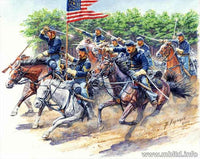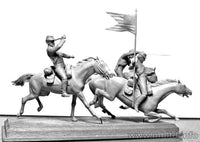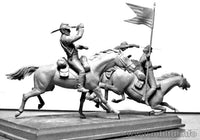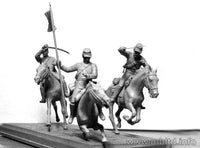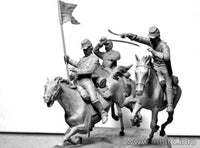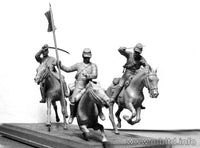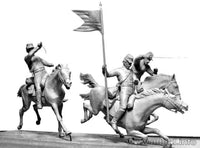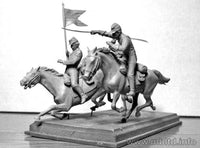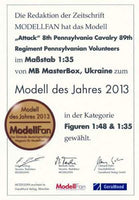The 8th Pennsylvania Cavalry Regiment was a regular cavalry regiment of the Union Armed Forces during the Civil War (1861–1865). It was formed in August 1861 by Pennsylvania volunteers, and its home city was Philadelphia. With time, the regiment was also supplied with soldiers, already conscripted. The first commander of the unit was Col. Ernest G. Chorman. Throughout the war, the regiment served in the Army of the Potomac, initially in the 4th Corps of that army. Thus, he was active in the main theater of the Civil War, often taking part in battles with the Confederate Army of Northern Virginia. The unit had a very long and glorious combat route, ranging from the Battle of the Seven Days and the Battle of Antietam (1862), through the struggle at Chancellorsville and Gettysburg (1863), to the Battle of St. Petersburg (1864–1865) and the Battle of Five Forks in 1865. The 8th Pennsylvania Cavalry Regiment was merged into the 16th Pennsylvania Cavalry in July 1865.
The American Civil War (1861–1865) was fought between the United States of America (USA), called the Union during this war, and the Confederate States of America (CSA), commonly known as the Confederation. The main cause of the outbreak of the war, among many others, was the announcement of the Confederation's secession from the Union. Of course, both in the North and in the South, when the war broke out, the army began to be built. In the case of Unia, as in the South, one of the most important formations was the cavalry. Union cavalry units were formed into regiments, divided into companies of 100 men. Most often, a single regiment consisted of up to 10 companies. Squadrons consisting of 2–4 companies were often formed. It is estimated that during the Civil War, about 270 regiments of US Army cavalry were formed—almost twice as many as in the South! It is worth noting that later than in the South, the US cavalry began to be used to carry out independent missions of long-distance reconnaissance or classic cavalry raids. The basic weapon of a US cavalry soldier was most often the carbine Sharps, Smith, and, from 1863, also Spencer. The latter was a seven-shot rifle and made it possible to significantly increase the firepower of US cavalry units. The main melee weapon was a saber, and a model was often used: the American Pattern of 1860 Light Cavalry Saber. It is worth adding that for a large part of the Civil War, the US cavalry was inferior to its counterpart in the South; it was much worse trained than it (especially when it comes to equestrian elements), was characterized by lower morale, was also often less commanded, and suffered higher losses in clashes. This state of affairs began to change in 1863.

